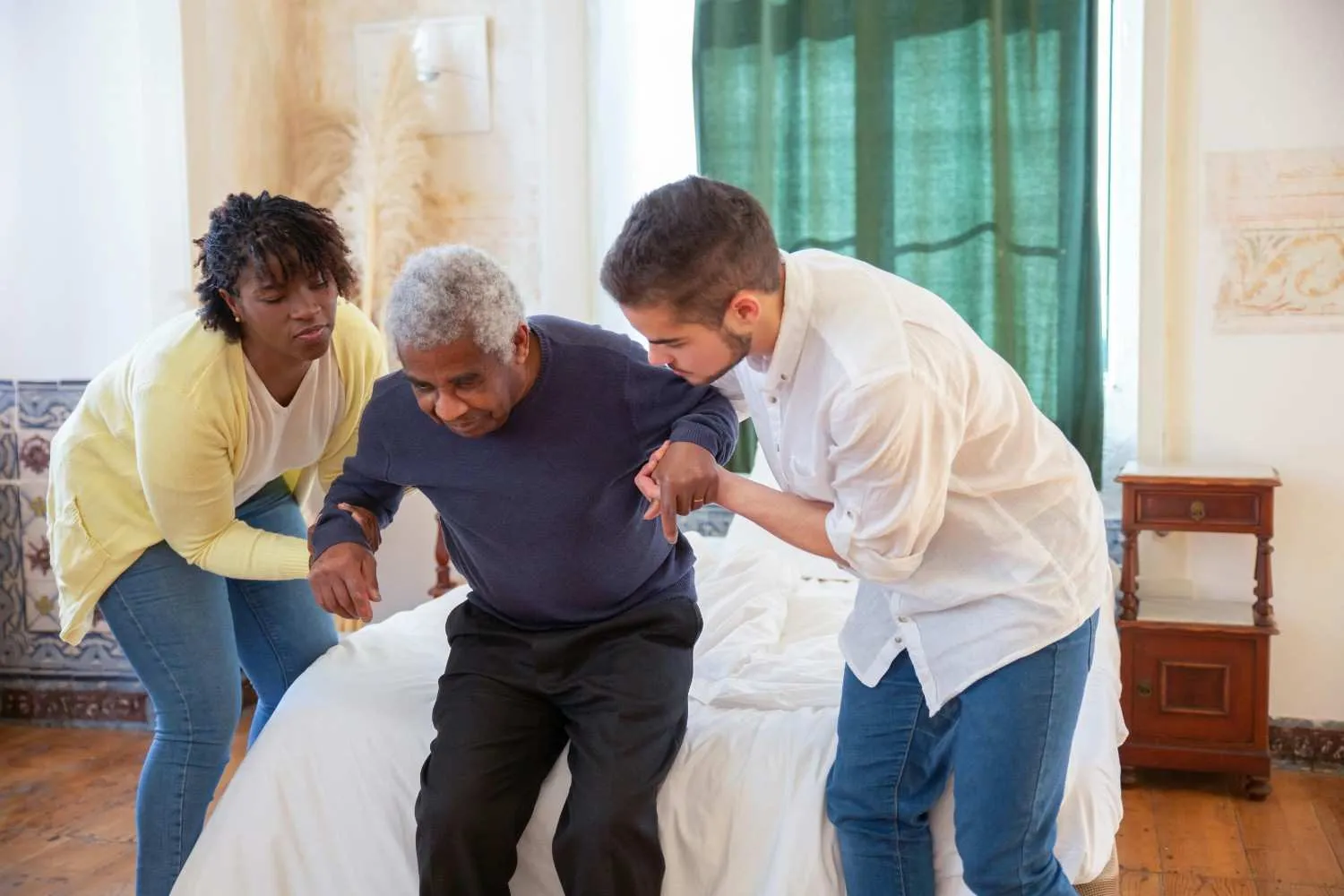There comes a time in pregnancy when people mistake your belly with Buddha's and tend to rub it. If you have experienced more belly rubs recently, we assume your bump would be huge and growing. This jumbo belly is the most vivid sign of the third trimester of pregnancy.
Welcome to Ladies and Babies, a blog series dedicated to the discourse of mother and childcare. This week, we will be talking about the last stage of gestation - Third-trimester pregnancy.
What is the Third Trimester - Pregnancy?
Third-trimester pregnancy is the last step of fetal development and the first step of parenthood. It is the time period during which your baby will mature rapidly and experience enormous changes. Likewise, you (the mother) should also expect more variations in your body. We know that, by now, you may be wondering what 'more variations' but there are a lot. It is because your already developed baby has a lot more growing to do. The third trimester of pregnancy begins at 28 weeks and lasts till 40 weeks or childbirth (7 - 9 months). It should be noted that some women go into labour earlier while for some, labour is postponed up to 42 weeks. If the mother does not encounter contractions naturally by 42 weeks, doctors induce labour for childbirth. Due to this difference, the exact period of the third trimester varies from one woman to another.What Happens to the Mother?
From the beginning to now, pregnancy would have been like a bundle of surprises. But there is time till the actual present is delivered (quite literally!). Expecting mothers encounter diverse modifications that their body can do. Some of the most common changes/ symptoms seen in women in the third-trimester pregnancy are: Shortness of Breath: You may feel exhausted very easily. As you and your baby have put on more weight, it may be physically tolling for you to perform certain activities. Thereby, you may feel short of breath very easily and frequently during this period. Heartburn: In the third trimester, your uterus pushes your stomach. Along with that, the contents of the stomach are also pushed resulting in a sensation of heartburn. Pain in the abdomen region: With your bump growing large, your lower back would feel painful because of the consistent support it provides to the former. These pain may also be felt in the form of cramps in some women. Braxton Hicks Contractions: These also known as false or practice contractions, well, because they are false and for practice. Your body will start preparing you for labour. It will naturally induce a few contractions lighter than the labour ones. Varicose Veins: There is a flow of extra blood in your body which may cause varicose veins. This condition will ease on its own in women who did not have it before pregnancy. Frequent Urination: There is extra weight on your pelvic floor and your bladder is seriously under pressure. You will have the urge to urinate more often, even at small incidents like sneezing. Leaky breasts: As we mentioned before, in the third trimester your body will begin to prepare you for the next step. You may experience leaky breasts in the event that your body is readying you to breastfeed. Besides the above, women also endure stretch marks, backache, crazy dreams, clumsiness, and fatigue.What Happens to the Baby?
You may be puzzled about the growth of your baby. And as the due date approaches, it is human to feel anxious about everything, strictly. But understanding what to expect can take the edge off. Here's a summary of what happens to your baby during the third trimester of pregnancy: Weight: At the emergence of the third trimester at 28 weeks, your baby's weight would be two and a half pounds. By the 40th week, you can expect your baby to be six to nine pounds heavy. Height: In the third-trimester pregnancy, your baby will grow from 16 inches (at 28 weeks) to 22 inches (at 40 weeks). Bones: Your baby will start developing cartilages and other important bone components. Skin: The skin of the fetus' body will become opaque. Your baby will also start gathering fat under the skin. Digestive system: In the mid-third trimester, your baby will develop their first defecation (called meconium) in the intestines. Touch: With the onset of the third trimester, your baby will get signals from all five senses and develop touch receptors. Brain: In this period, the brain of the baby will grow faster than ever. They also come about skills like blinking, dreaming and regulating their own body's temperature.What to - do during the Third Trimester of pregnancy
Now that you know what is expected to happen in this period, let's have a quick check of what to do.- Keep the count of fetal movements - how many times the baby has moved or kicked
- Check your weight - you will gain weight at the start of the third trimester
- If your doctor has allowed you, then keep exercising
- Schedule regular visits to the doctor
- Shop for baby equipment
- Call your doctor immediately if you experience very painful contractions frequently, bleeding, or extreme swelling
Conclusion
If child-bearing is a movie, the third trimester of pregnancy is the climax and birth is the finale. In the above post, we have outlined the essentials of what happens during the third-trimester pregnancy. It is the period when your fetus finally becomes a full-term baby. Being conscious of the above science-backed facts will make sustaining it easier for you and your partner. Also, read about what happened to the mother and fetus during the Second Trimester of Pregnancy and the first trimester of PregnancyStay tuned to Ladies and Babies for more on pregnancy and childbirth. For more information or free personalised guidance, speak to Credihealth medical expert at +918010994994 or book appointment with the best Gynecologist in India
Reviewed by







